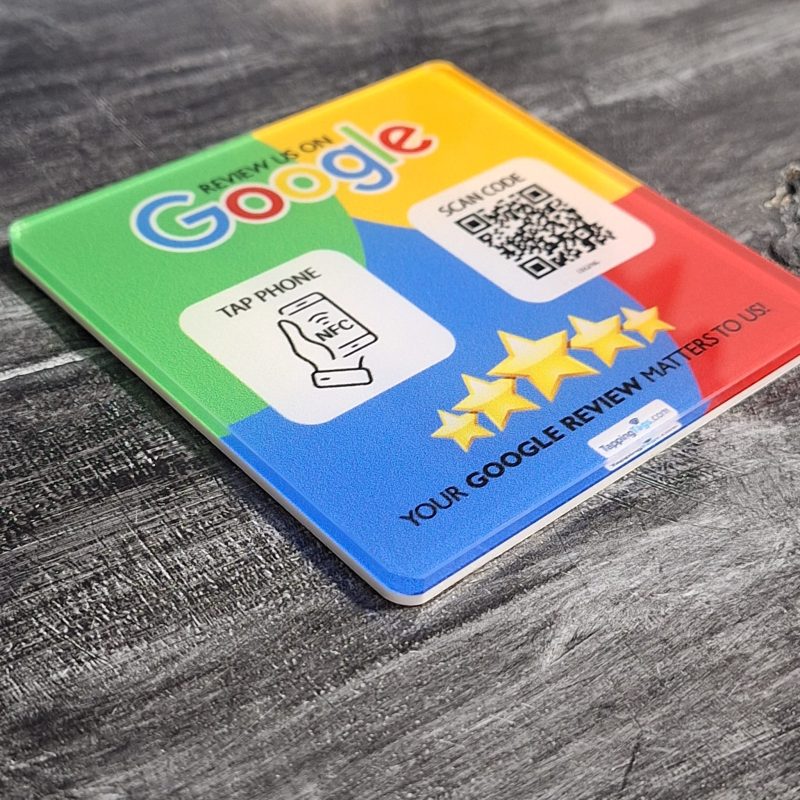Blog
How to Use Customer Feedback for Business Improvement
In today’s fast-paced business world, customer feedback is more than just a suggestion box; it’s a treasure trove of insights waiting to be unearthed. If you’re wondering how to effectively harness this feedback to drive your business forward, you’re in the right place! In this guide, we’ll explore practical steps to leverage customer feedback for business improvement, enhancing your online visibility, and ultimately boosting your bottom line.
Understanding the Importance of Customer Feedback
Customer feedback is the voice of your audience. It’s like having a direct line to what your customers think about your products or services. Why is this important? Well, think of it this way: if you’re driving a car and you hear a strange noise, wouldn’t you want to know what’s causing it? Similarly, customer feedback helps you identify potential issues before they become major problems. It’s your roadmap to understanding customer satisfaction and areas for improvement.
Moreover, utilizing customer feedback can significantly enhance your online presence. When customers leave reviews, they not only share their experiences but also contribute to your SEO boost. Search engines love fresh content, and customer reviews are a fantastic way to keep your website relevant. By actively engaging with feedback, you can improve your review process, leading to increased engagement from potential customers.
Collecting Customer Feedback Effectively
Now that we understand the importance of customer feedback, let’s dive into how to collect it effectively. One of the most innovative ways to gather feedback is through NFC technology. Companies like Tapping Tags have revolutionized this process with their Google Review NFC card. This nifty little card allows customers to leave feedback with just a tap of their smartphones, making the process seamless and contactless.
Imagine walking into a café and seeing a small NFC card on the table. You tap your phone, and voila! You’re directed to leave a review. This not only simplifies the review process but also encourages more customers to share their thoughts. The ease of use can lead to a higher volume of feedback, giving you a broader perspective on customer satisfaction.
Additionally, consider using online surveys or feedback forms. Tools like Google Forms or SurveyMonkey can help you create customized surveys that ask specific questions about your products or services. Make sure to keep your surveys short and sweet—nobody wants to fill out a lengthy questionnaire after a long day!
Analyzing Customer Feedback
Once you’ve collected feedback, the next step is analysis. This is where the magic happens! You need to sift through the comments, ratings, and suggestions to identify patterns and trends. Are there recurring themes in the feedback? Perhaps multiple customers are mentioning the same issue with a product or service. This is your cue to take action.
Utilizing tools like sentiment analysis can help you gauge the overall mood of your feedback. Are customers generally happy, or is there a wave of dissatisfaction? Understanding the sentiment behind the feedback can guide your improvement strategies. For instance, if you notice a lot of negative comments about customer service, it might be time to invest in training for your team.
Moreover, don’t forget to categorize feedback into actionable items. Create a list of common suggestions and prioritize them based on impact and feasibility. This structured approach will help you tackle improvements systematically, ensuring that you address the most pressing issues first.
Implementing Changes Based on Feedback
Now comes the exciting part—implementing changes! After analyzing customer feedback, it’s crucial to take action. This not only shows your customers that you value their opinions but also helps improve your business operations. Start by addressing the most critical issues identified during your analysis.
For example, if feedback indicates that customers find your website difficult to navigate, consider redesigning it for better user experience. This could involve simplifying the layout, improving load times, or making it mobile-friendly. Remember, a user-friendly website enhances your online visibility and keeps customers coming back.
Additionally, communicate the changes you’re making to your customers. Use your social media platforms, email newsletters, or even your website to inform them about the improvements based on their feedback. This transparency builds trust and encourages more customers to share their thoughts in the future.
Encouraging Ongoing Feedback
Feedback shouldn’t be a one-time event; it should be an ongoing conversation. Encourage your customers to continue sharing their experiences by creating a culture of feedback within your business. Consider implementing a loyalty program that rewards customers for leaving reviews or participating in surveys. This not only increases engagement but also fosters a sense of community around your brand.
Utilizing tools like the Google Review NFC card from Tapping Tags can significantly enhance this process. By making it easy for customers to leave feedback, you’re likely to see an increase in the volume and quality of responses. Plus, the contactless technology adds a modern touch that today’s consumers appreciate.
Moreover, regularly check in with your customers. Send follow-up emails after a purchase, asking for their thoughts on the product and their overall experience. This proactive approach shows that you care about their opinions and are committed to continuous improvement.
Leveraging Feedback for Marketing Strategies
Customer feedback can also be a powerful tool for your marketing strategies. Positive reviews can be showcased on your website and social media platforms, serving as testimonials that build credibility and attract new customers. Consider creating a dedicated section on your website for customer testimonials or case studies that highlight how your products or services have made a difference.
Additionally, use feedback to refine your marketing messages. If customers consistently mention specific features they love, incorporate those into your advertising campaigns. This not only resonates with your audience but also aligns your messaging with what your customers truly value.
Furthermore, don’t underestimate the power of user-generated content. Encourage customers to share their experiences on social media, tagging your business. This not only boosts your online presence but also creates a sense of community among your customers. It’s like having a virtual word-of-mouth marketing strategy!
Measuring the Impact of Changes
After implementing changes based on customer feedback, it’s essential to measure the impact of those changes. Are you seeing improvements in customer satisfaction? Has there been an increase in positive reviews? Utilize analytics tools to track key performance indicators (KPIs) related to customer feedback and engagement.
For instance, monitor your online reviews and ratings over time. Are they improving? Are customers mentioning the changes you’ve made in their feedback? This data will help you understand the effectiveness of your strategies and guide future improvements.
Additionally, consider conducting follow-up surveys to gauge customer satisfaction after changes have been implemented. This not only provides valuable insights but also shows your customers that you’re committed to continuous improvement.
Conclusion
In conclusion, customer feedback is an invaluable resource for business improvement. By effectively collecting, analyzing, and implementing changes based on feedback, you can enhance your online visibility, increase engagement, and ultimately drive your business forward. Remember, it’s not just about gathering feedback; it’s about creating a culture of continuous improvement that values your customers’ voices. So, are you ready to tap into the power of customer feedback and revolutionize your business?
FAQs
What is the best way to collect customer feedback?
The best way to collect customer feedback is through a combination of methods, including online surveys, feedback forms, and innovative tools like NFC technology. Using products like the Google Review NFC card from Tapping Tags can streamline the process and encourage more customers to share their thoughts.
How can I analyze customer feedback effectively?
To analyze customer feedback effectively, look for patterns and trends in the comments. Utilize sentiment analysis tools to gauge overall customer satisfaction and categorize feedback into actionable items for prioritization.
What changes should I implement based on customer feedback?
Implement changes that address the most critical issues identified in the feedback. This could involve improving product features, enhancing customer service, or redesigning your website for better user experience.
How can I encourage ongoing customer feedback?
Encourage ongoing customer feedback by creating a culture of feedback within your business. Consider implementing loyalty programs, sending follow-up emails, and using tools like NFC technology to make it easy for customers to share their experiences.
How can customer feedback improve my marketing strategies?
Customer feedback can improve your marketing strategies by providing insights into what customers value most. Use positive reviews as testimonials, refine your messaging based on customer preferences, and encourage user-generated content to boost your online presence.
-
 Google Review NFC and QR Code Acrylic Stand
Rated 5.00 out of 5
Google Review NFC and QR Code Acrylic Stand
Rated 5.00 out of 5$75.00Original price was: $75.00.$38.50Current price is: $38.50. -
 Google Review NFC & QR Code Acrylic Tag with Sticker
Rated 5.00 out of 5
Google Review NFC & QR Code Acrylic Tag with Sticker
Rated 5.00 out of 5$49.00Original price was: $49.00.$27.00Current price is: $27.00. -
 Google Review NFC and QR Code Card - Tap or Scan
Rated 5.00 out of 5$18.90 – $98.90
Google Review NFC and QR Code Card - Tap or Scan
Rated 5.00 out of 5$18.90 – $98.90
